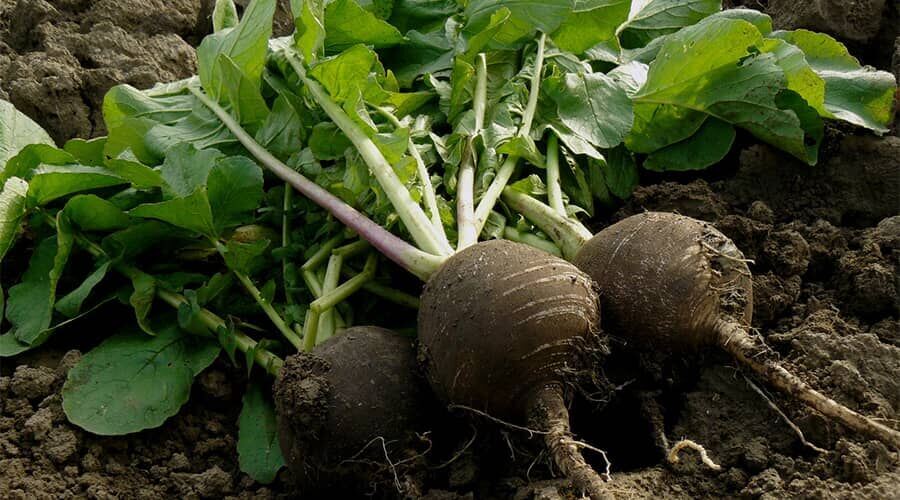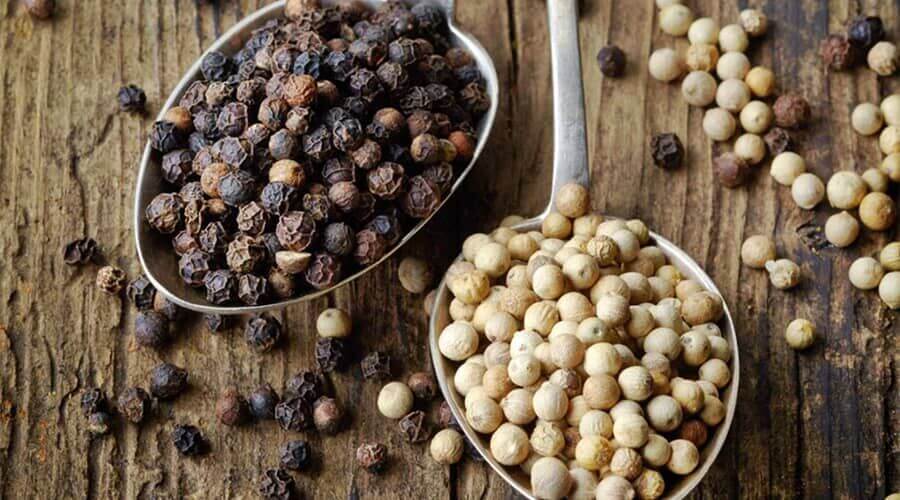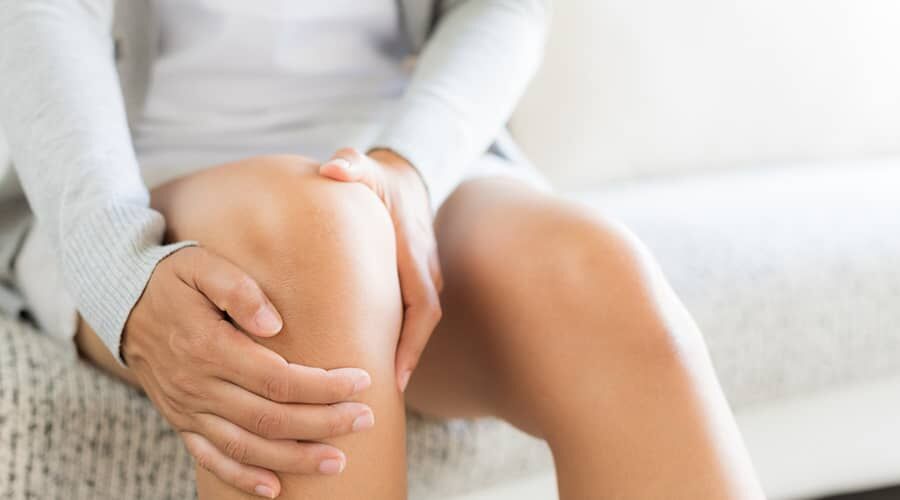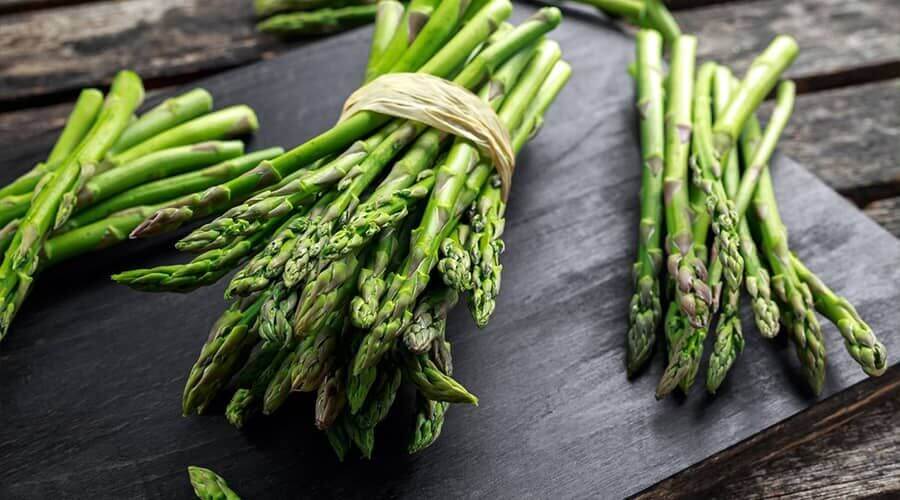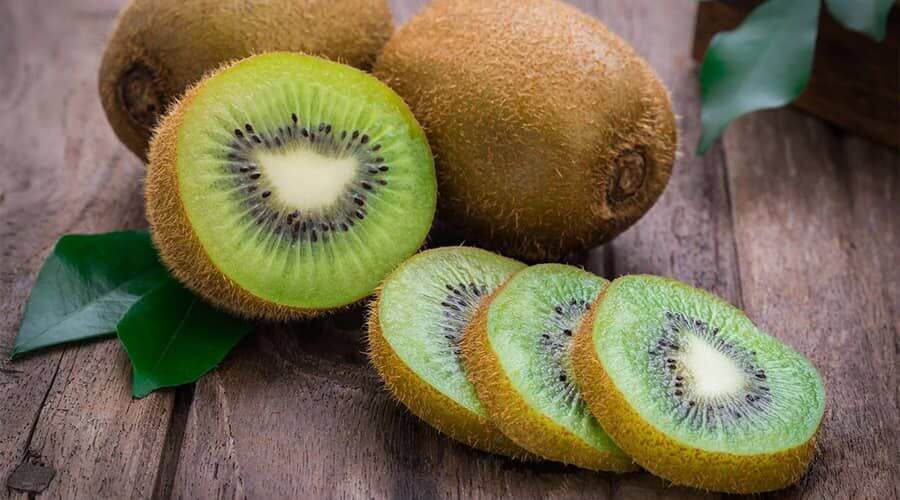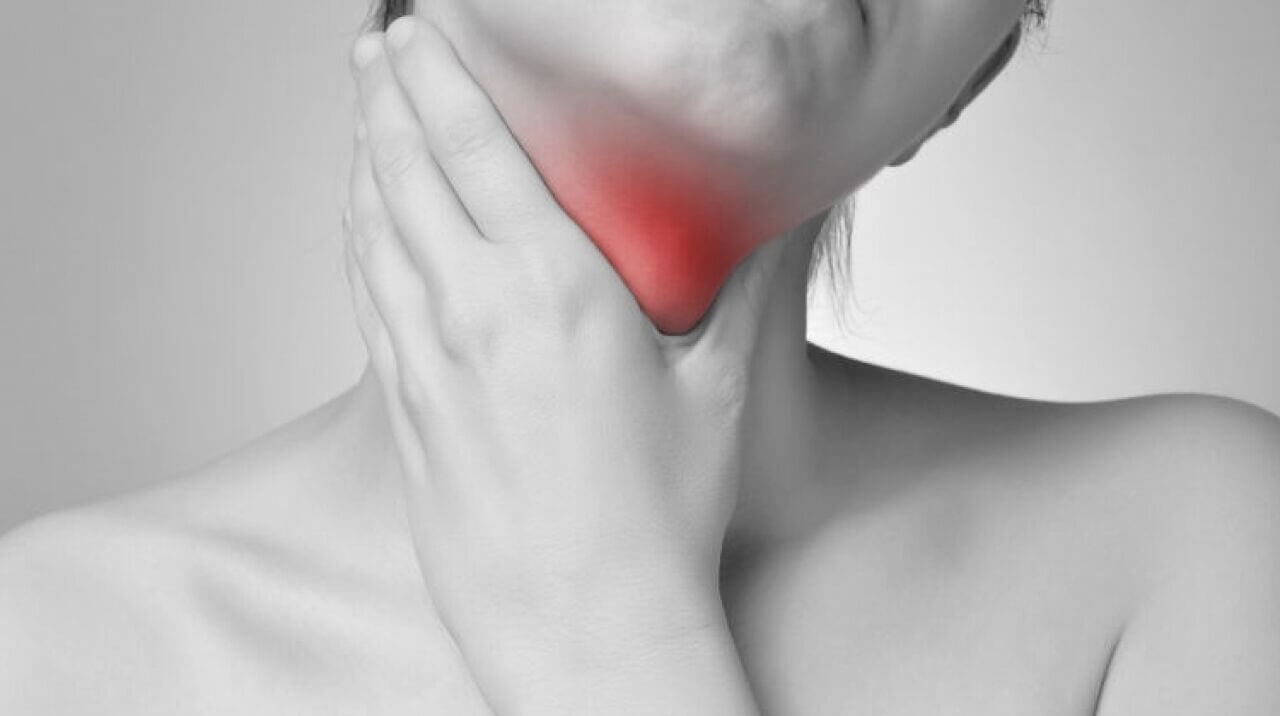
One common, but often only temporary, problem with musculoskeletal problems is back pain when lying down.
Back pain affects nearly 80% of people in their lifetime.
Back pain can also occur when lying down, which means that lying down a lot can also cause back pain. The type of back pain that occurs when you lie down, which is in the lower back, can be a sign of a serious spinal problem.
Back pain when lying down is particularly bad because it most often occurs at night, which is also bad because it prevents us from sleeping.
The causes of back pain when lying down are often unclear.
These are the most common causes of back pain when lying down:
-Back pain caused by herniated discs. The discs lose their ability to absorb shocks. As a result, they can become completely inoperable.
-Accidental injuries, strains, tears or bumps.
-In addition to the above, pain can also be associated with conditions such as scoliosis and spinal stenosis.
-Kidney stones, pregnancy, endometriosis and certain types of arthritis can also cause back pain when lying down.
Causes of morning back pain
Morning back pain can be the result of poor posture, lumbar muscle spasms, degenerative joint disease, a herniated disc or rheumatological disease.
What are the possible causes of back pain in the midsection?
Mid back pain can be the result of scoliosis, lumbar muscle spasm, herniated discs, degenerative joint disease and osteoporosis.
If you know that you have a spinal problem, or that a previous injury may have caused the pain, you should see your doctor.
If the correct posture and lying position do not help, it is definitely worth investigating the cause of the pain. If it is arthritis, creams and ointments can help.
Could it be a sign of serious illness?
Back pain at night can indicate a serious spinal problem, inflammation of the bone marrow or even a more serious illness. You shouldn’t immediately assume the worst, but it’s always a good idea to seek medical advice in the following cases.
-fever
-weight loss without cause
-bowel problems
-back pain extending to the limbs
-weakness
-numbness
-pain, throbbing in the abdomen
Because some of the more serious illnesses, such as pneumonia, can also cause back pain, the problem should not be taken lightly. If you have several or all of these symptoms, it is not worth waiting to see a doctor.
If you have back pain, you should also try natural remedies. HillVital Maximum Balm is one such possible natural remedy. Its special ingredients include arnica, goose pimpernel and rosemary. Arnica is known as an anti-inflammatory and pain reliever. It is also recommended for the treatment of bruises and sprains. It is also excellent for rheumatic complaints. It is also effective in the treatment of muscle pains caused by overwork. Goosefoot is a species of plant in the rose family. Its essential oil is used for joint diseases, muscle inflammation and arthritis. Rosemary is an excellent tonic, stimulates blood circulation and increases blood flow. It is known to be a good antispasmodic, but is also used for circulatory disorders.


